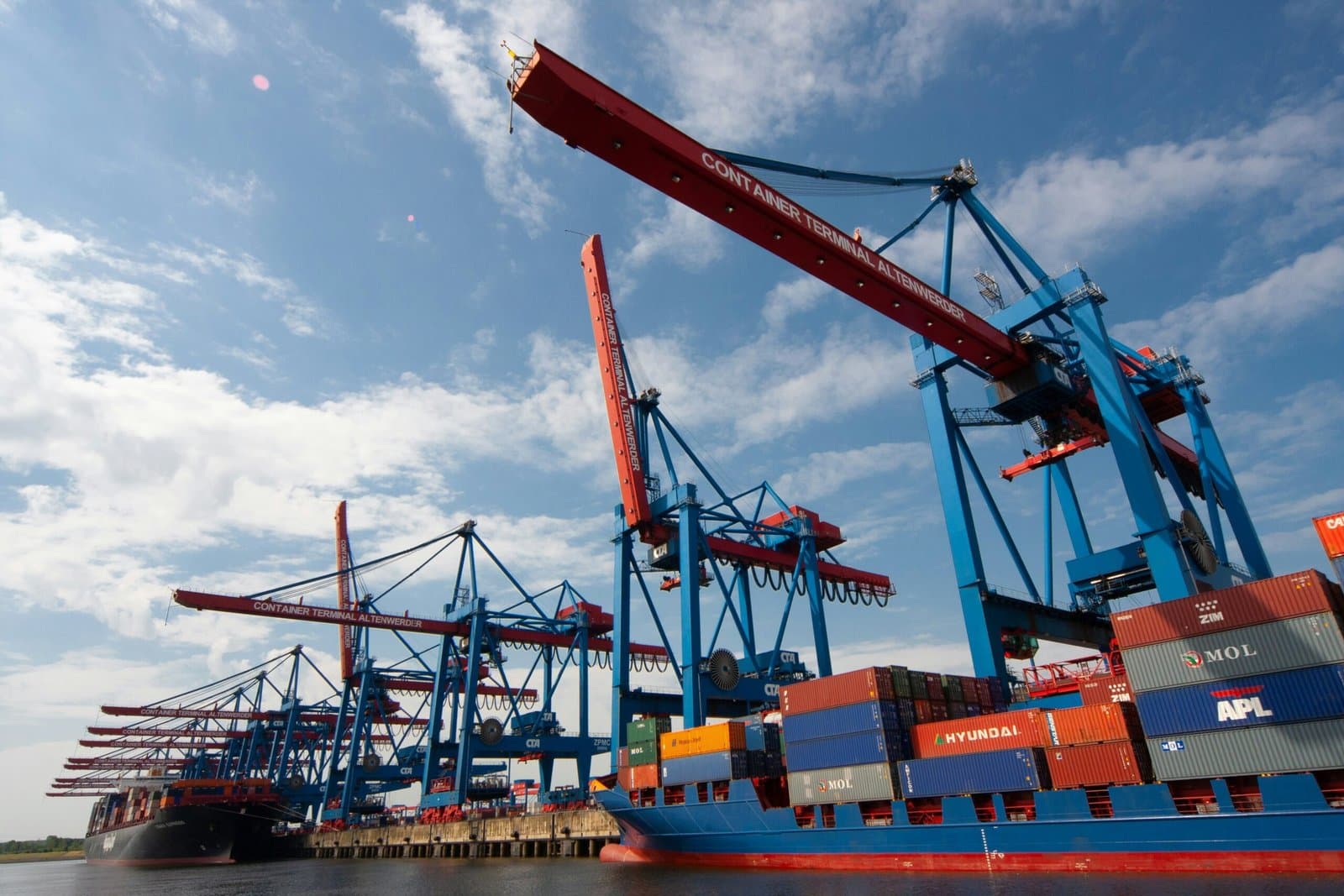Tips for Optimizing Your Supply Chain Efficiency

Tips for Optimizing Your Supply Chain Efficiency
In today’s fast-paced business environment, efficient supply chain management is more important than ever. Companies that can streamline their operations, reduce delays, and lower costs gain a significant competitive advantage. Whether you’re in logistics, retail, or manufacturing, optimizing your supply chain is crucial to staying ahead. Here are some actionable tips to help you achieve greater efficiency:
1. Leverage Technology for Real-Time Tracking
Real-time tracking of goods in transit can provide immense value in improving supply chain efficiency. By using GPS tracking and transportation management software (TMS), businesses can monitor shipments at all stages, from the warehouse to final delivery. This real-time visibility helps prevent delays, improve customer satisfaction, and allow for immediate adjustments to shipping routes or schedules.
2. Implement Demand Forecasting
Accurate demand forecasting is one of the best ways to avoid overstocking or stockouts. By using advanced analytics tools and historical sales data, businesses can predict customer demand more accurately. This enables better inventory planning, ensuring that the right products are available at the right time, without overstocking or running into stockouts.
3. Strengthen Supplier Relationships
Building strong relationships with your suppliers can lead to more reliable deliveries and potentially better pricing. Having open lines of communication and a collaborative approach can help prevent issues before they arise. Establishing clear expectations and KPIs with suppliers also allows for more predictable and consistent shipments, helping maintain supply chain continuity.
4. Optimize Inventory Management
Effective inventory management is crucial for minimizing waste and ensuring products are available when needed. Techniques such as just-in-time (JIT) inventory and automated inventory management systems can help companies stay on top of stock levels. These systems enable businesses to track products in real-time, reducing the risk of stockouts and overstocking.
5. Focus on Automation
Automation is revolutionizing supply chains across industries. From warehouse robots to automated order fulfillment, investing in automation technology can significantly reduce operational costs and human error. Automated processes help speed up production, order picking, and packaging, allowing businesses to scale more effectively.
6. Consolidate Shipments
Rather than shipping smaller batches frequently, consolidating orders into fewer shipments can help save on shipping costs and reduce handling time. By partnering with other businesses or optimizing routes for your own shipments, you can reduce the frequency of deliveries while ensuring that customers receive their goods in a timely manner.
7. Analyze Data for Continuous Improvement
Data is one of the most powerful tools for improving supply chain efficiency. By continuously collecting and analyzing data on every aspect of the supply chain, businesses can identify bottlenecks, reduce inefficiencies, and implement improvements. Key performance indicators (KPIs) like order cycle time, inventory turnover, and transportation costs should be regularly monitored to assess performance.
8. Sustainability Considerations
Sustainability is no longer just a trend, but a necessity for many businesses. Optimizing your supply chain with green initiatives such as eco-friendly packaging, sustainable sourcing, and energy-efficient transportation can reduce your carbon footprint and help you meet regulatory requirements. Customers are increasingly choosing brands that prioritize sustainability, making it a win-win situation for both your supply chain and your reputation.
Conclusion
Optimizing your supply chain is an ongoing process that requires attention to detail and a commitment to continuous improvement. By embracing technology, improving inventory management, strengthening supplier relationships, and focusing on automation, your business can stay ahead of the competition. Apply these tips, and watch as your supply chain becomes a more efficient and cost-effective part of your operation, helping you meet customer demands and grow your business in the long term.
Recent Posts

How to Reduce Freight Shipping Costs Without Compromising Service
OCTOBER 2, 2025

How Shipping Transportation Solutions Minimize Delays and Disruptions
SEPTEMBER 25, 2025

Freight Transport Explained: Road, Rail, Air, and Sea
SEPTEMBER 5, 2025

Freight Shipping 101: A Beginner’s Guide
SEPTEMBER 4, 2025

How Technology is Revolutionizing the Logistics Industry
MARCH 5, 2025